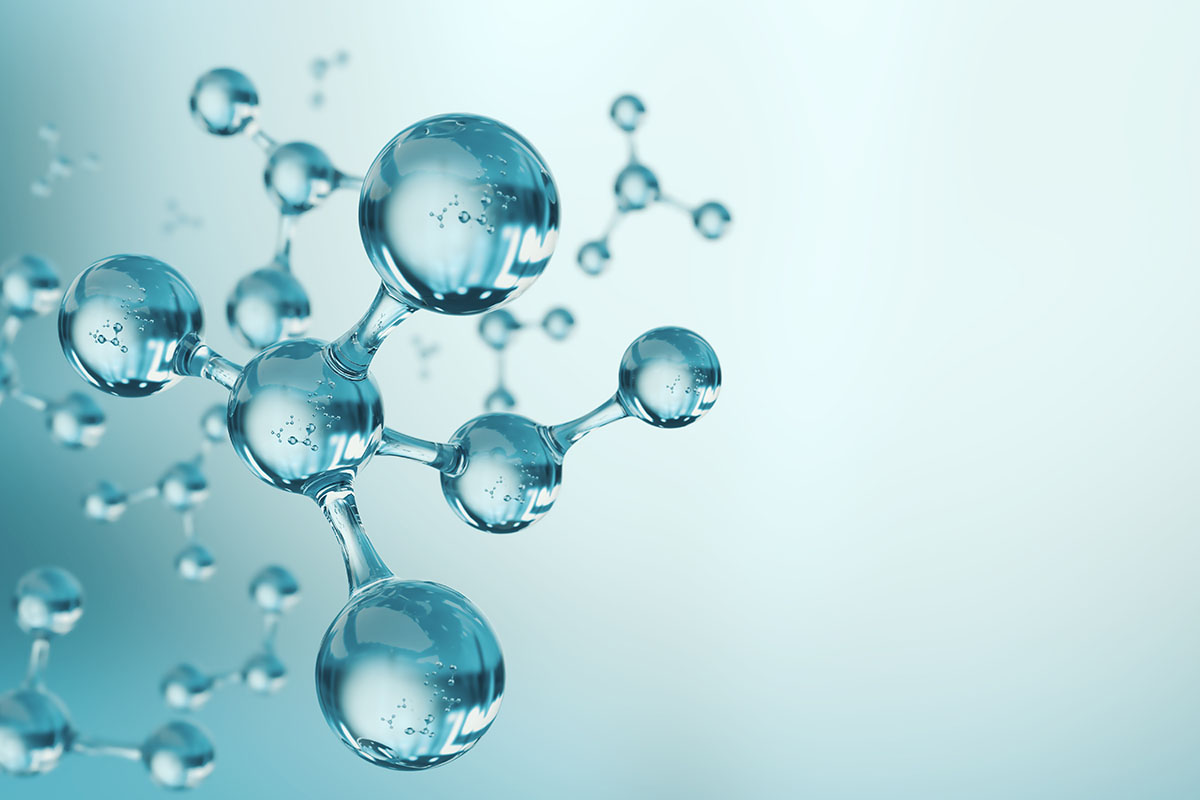Know About the Difference Between Elements and Atoms
The field of science which deals with the study of structures, physical and chemical properties of a particular material substance is termed ‘chemistry’. Though chemistry is an interesting field to study, some denotations need to be understood to make the learning of the subject much easier and more interesting.
It is required for us to know that all gases, liquids, and solids are not the same and vary in terms of their composition, which is why the classification of the matter is highly required.
Chemistry is that particular branch of science that deals with compounds and elements’ properties, composition, and structure. It also deals with how they may change and the amount of energy emitted, released, or absorbed when they change.
So, to further proceed, the difference between the elements and the atoms must be known as they are quite confusing. Hence, it makes it easier to understand chemistry when these terms are understood before proceeding.
The widely used words during the study of chemistry are atoms, molecules, and elements. As we get deeper in chemistry, we get to know more about the subject that revolves around atoms and elements, making chemistry a very complicated subject, and students find it very hard.
The general word like the atoms and the elements confuse the students and make chemistry feel like a hard subject to get away with. We will try to make chemistry easily understandable while differentiating between atoms and elements in the article. The difference between atoms and elements is highly confusing among the students, so it is important to clarify the basic difference. Thus, before we learn the basic Elements and Atoms difference, we must know what atoms and elements generally mean.
What is an element?
The substance categorized based on its atomic number and which is pure or a raw chemical that consists of one or more types of an atom is considered an element. It can also be defined as a substance that can be broken down into other substances.
There are many types of elements, each possessing a hundred types of atoms; the universe is full of elements that contain atoms of one or more elements. In the periodic table, they are further classified and grouped as :
- Metals;
- Metalloids;
- Non- metals.
What is an atom?
Any formation of a chemical element due to the smallest unit of ordinary matter is termed an atom. All four, namely the solid, liquid, plasma, and gas, are constituted by neutralization and are particularly very small, usually comprising 100 picometers across. Due to quantum effects, it is impossible to predict their behavior as they are minute in size.
A nucleus including one or more electrons attached to the nucleus comprises an atom. Now, having understood what the atom an element is, let’s move on to the difference between the atom and an electron :
- Elements
The simplest form of a substance is termed an element. It cannot be further broken down into smaller particles. Only a single type of atom comprises an element. A chemical reaction leads to the formation of molecules combining elements.
Elements are very big and heavy. There are a total number of 118 elements known as yet. When arranging in the periodic table or talking about chemistry, the term element is usually used.
- Atoms
A part of an element is termed an atom. The composition of subatomic particles known as the electrons, protons, and neutrons constitute the atom. The combination of atoms can form molecules, but elements are formed only when the bounded atoms are of a similar type.
Atoms can only be seen through a microscope as they are very minute in size. 92 kinds of atoms are available in nature. The use of the word atoms is more found in physics than chemistry, as in chemistry, it is only referred to while designating the atomic number or mass.
Let’s have a quick revision: define atoms?
It is defined as the part of an element.
Define elements?
The simplest form of a substance is known as an element.
How do atoms of various elements differ from each other?
Generally, the electron in numbers equals the number of protons, resulting in electrically neutralizing the number of protons in an atom that defines a particular atom. It distinguishes itself from other products, and one more thing to be kept in mind is that the atomic number is based on the number of protons in an atom.
Can atoms be divided?
All the matter around us comprises atoms, and atoms are not divisible nor destructible. The element comprising all the atoms possess similar properties and mass. They are also used to form compounds by mixing atoms in various forms.
Is the creation of an atom possible?
As atoms can not be destructed as indestructible in the form, they cannot be created, though they can be split into many finer pieces based on the mass conservation statute.
Why is hydrogen termed an element?
Henry Cavendish first accepted hydrogen as a distinct identity in 1766. Being the smallest and most common substance found in the universe, Hydrogen is termed the basic element found in most materials universally. It comprises a single proton and a single electron. It is the most commonly used element for energy output.
Difference between elements and atoms: which is the largest part of an element?
Throughout the periodic table, the atomic radii differ consistently, which results in the atomic radius increasing from top to the bottom in a body and decreasing over a span from left to right. Helium is the smallest particle, and francium is the largest.
How are elements classified and grouped?
The elements are classified and grouped in the following manner :
- Metals;
- Metalloids;
- Non- metals.
Difference Between Elements and Atoms: Conclusion
Therefore, we hope you have a clear idea regarding the difference between elements and atoms. Revise thoroughly to grasp the concept to answer in your exams without any problems.



















